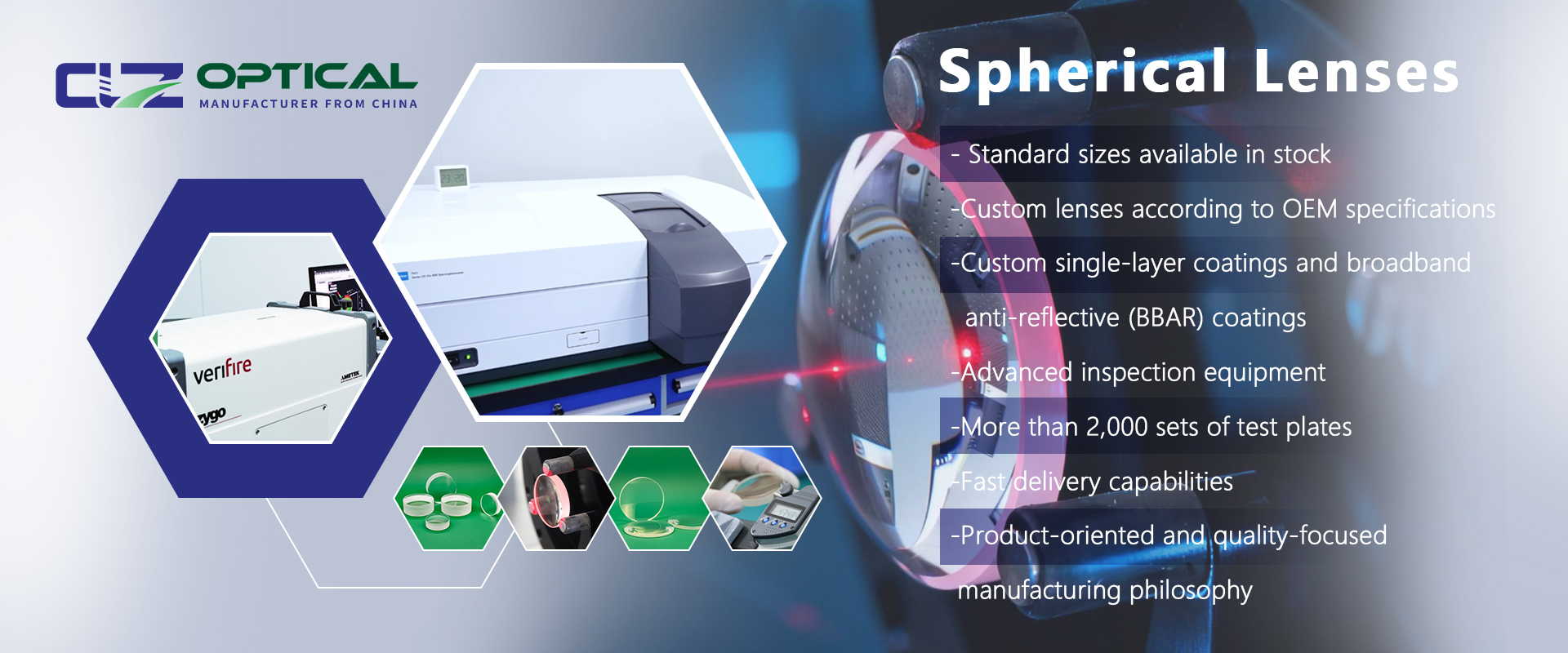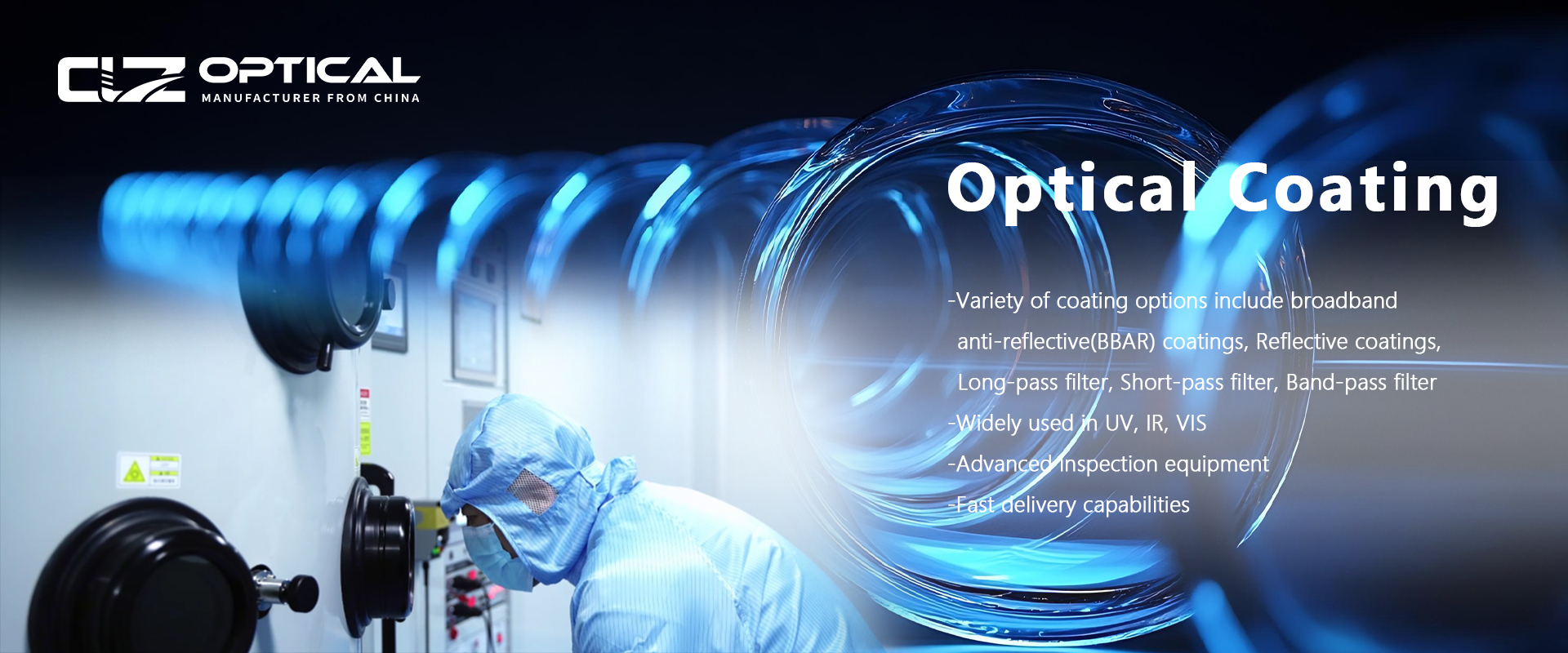What are the advantages of meniscus lenses?
Aug. 25, 2025
A meniscus lens is a common optical elementwith one convex surface and one concave surface. This special structure gives it unique advantages in optical systems. Compared with ordinary lenses, the meniscus lens offers better aberration correction, improved imaging quality, and excels in beam control and system integration.
1. Optical Performance
1.1 Aberration Correction
The meniscus lens effectively corrects spherical aberration and coma. By reasonably designing the radius of curvature, the focusing difference between the edge and center of the lens can be reduced. In practical applications, this correction capability significantly enhances imaging clarity. For example, in projection equipment, the use of a meniscus lens noticeably improves distortion and blurring at the image edges. This characteristic makes the meniscus lens an important corrective component in optical systems.
1.2 Beam Control
This lens can simultaneously achieve beam convergence and divergence. This feature is particularly important in laser optics applications. Laser processing equipment uses meniscus lenses to adjust spot shape and size, ensuring machining accuracy. Furthermore, in illumination systems, meniscus lenses produce uniform light distribution, improving lighting quality. Their asymmetric design offers greater flexibility in beam shaping to meet the needs of various application scenarios.
1.3 System Integration
The meniscus lens can replace multiple conventional lenses, simplifying the optical structure. This feature helps reduce the size and weight of optical instruments. In modern optical design, space utilization is a key consideration. The compact design of meniscus lenses makes them particularly suitable for applications with limited space, such as portable detection devices.
2. Application Fields
2.1 Industrial Processing Applications
In laser processing equipment, meniscus lenses are used to focus and shape laser beams. When processing materials such as metals, they improve machining accuracy and surface quality. Specifically, in laser cutting processes, meniscus lenses ensure smooth and neat cuts; in laser marking systems, they help achieve fine patterns and text markings. These applications demonstrate the value of meniscus lenses in precision machining.
2.2 Detection and Measurement Equipment
Thermal imagers and temperature measurement instruments use meniscus lenses to collect and focus infrared radiation. These devices are widely used in industrial detection, security monitoring, and other fields. In power equipment maintenance, thermal imagers equipped with meniscus lenses can accurately identify overheating components; in the construction industry, they help detect insulation defects. The optical performance of meniscus lenses ensures the accuracy and reliability of temperature measurement.
2.3 Consumer Electronics Products
Camera lenses and cinematography lenses use meniscus lenses to improve imaging results. Their compact structure contributes to making devices thinner and lighter while maintaining optical performance. Security monitoring systems also extensively use meniscus lenses to enhance image quality. Additionally, in virtual reality devices, meniscus lenses help optimize the visual experience and reduce image distortion.
3. Technical Features
Thanks to its unique optical characteristics, the meniscus lens demonstrates practical value across multiple fields, making it an important component in modern optical design.
From a practical application perspective, the meniscus lens plays a significant role in industries such as industrial manufacturing and consumer electronics. Its balanced performance and relatively reasonable cost make it an ideal choice for many optical systems.




















